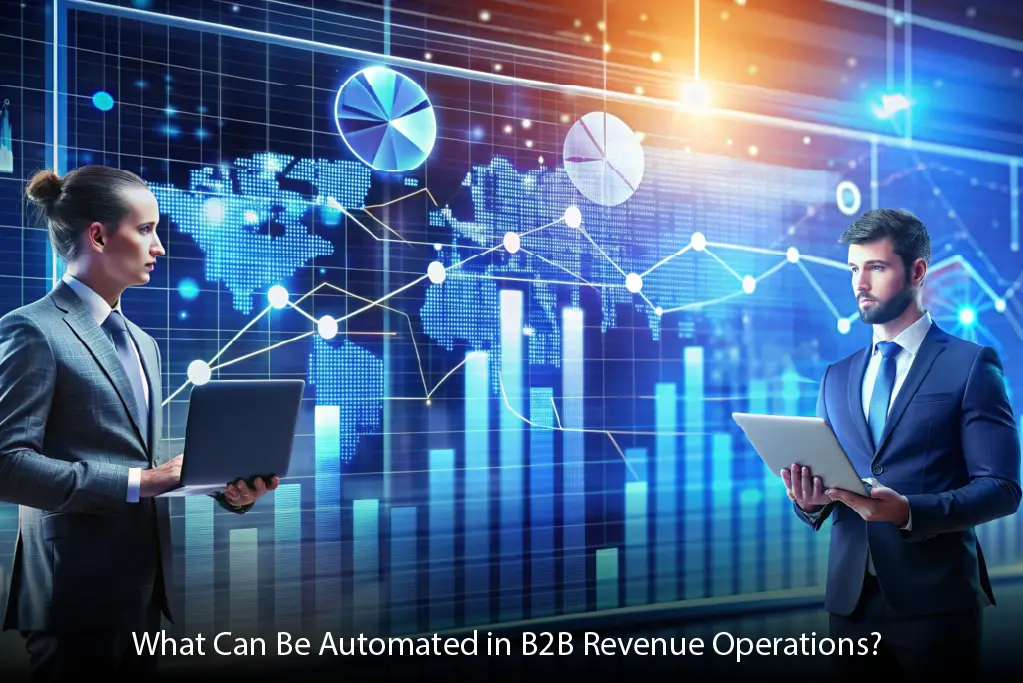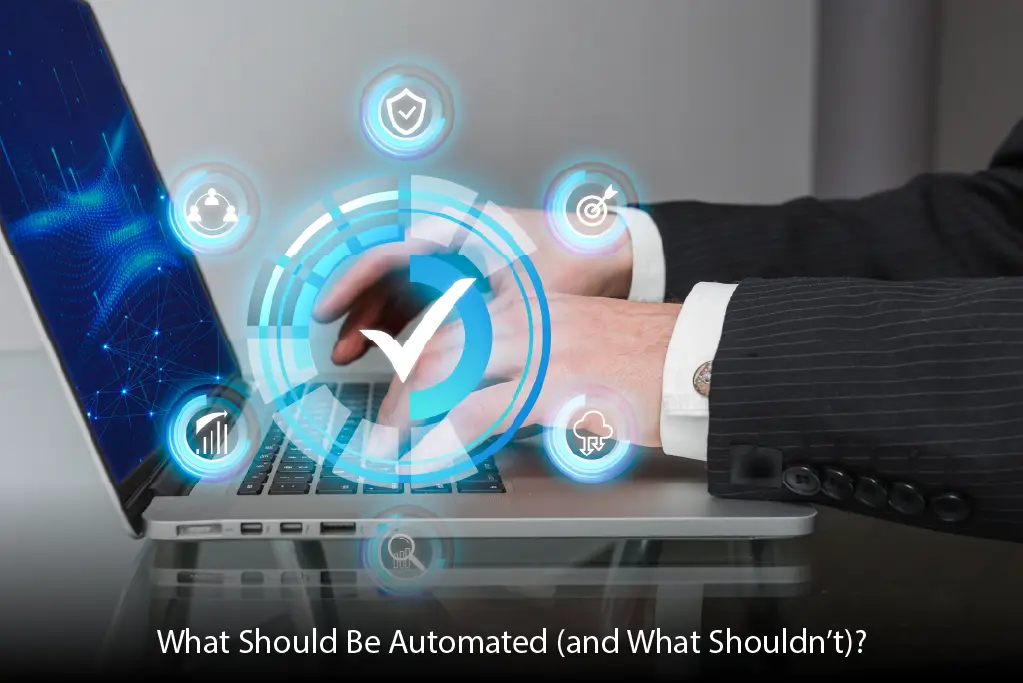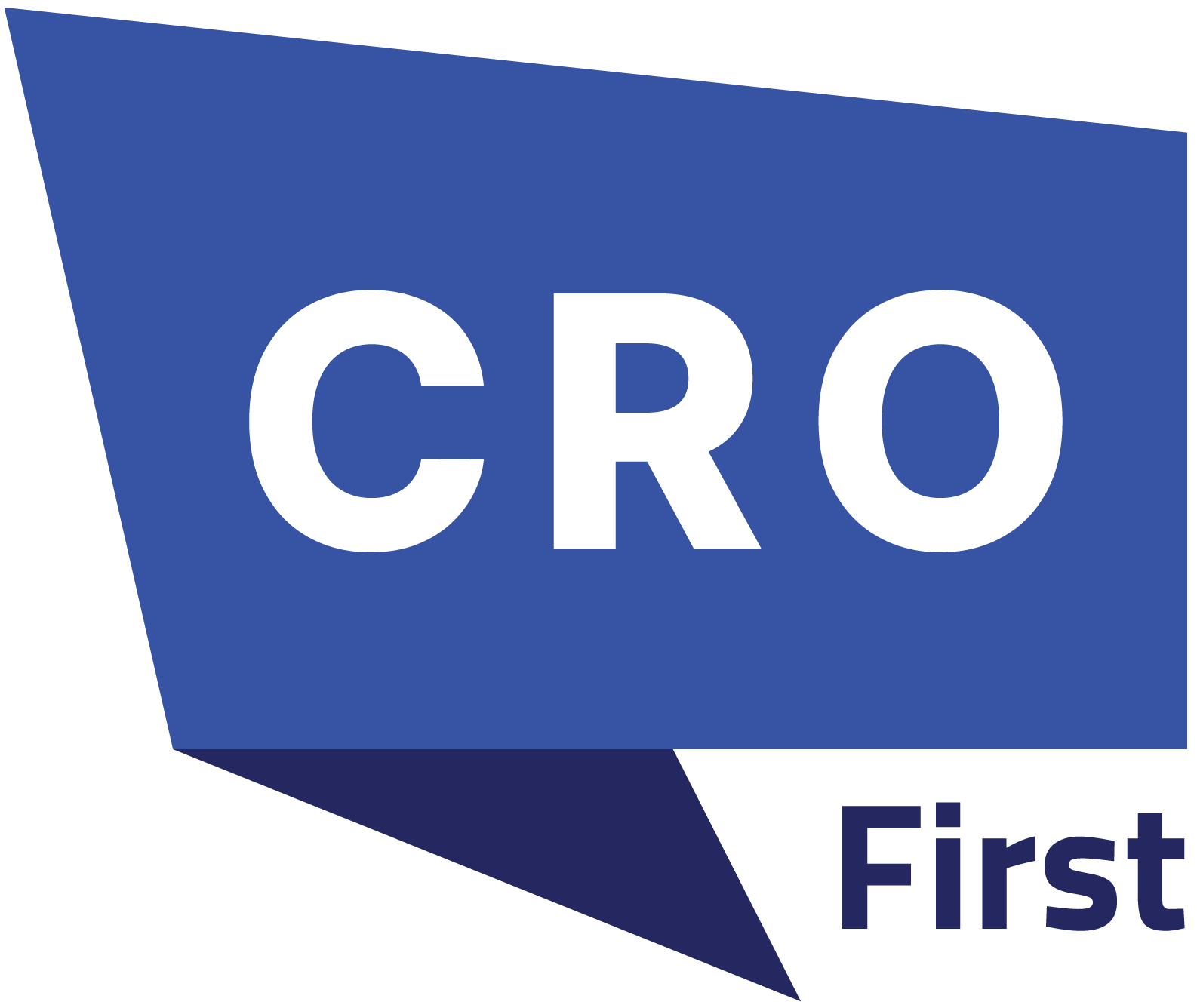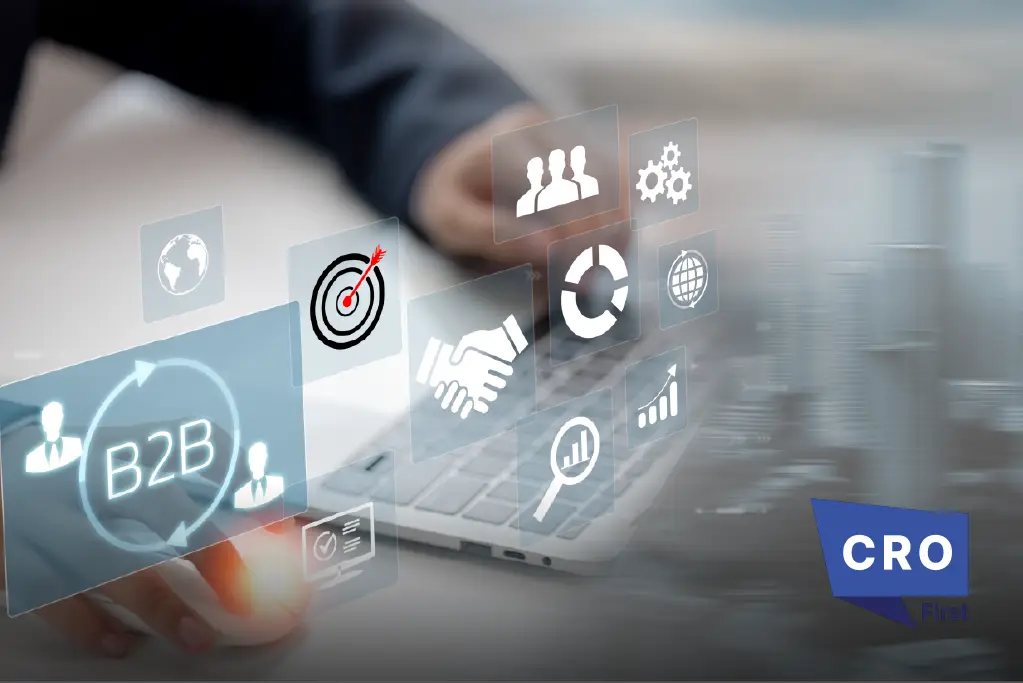B2B or Business to Business covers all transactions and activities conducted between businesses. It typically involves an exchange of products, services, or information between two businesses. Each business stands to gain from this exchange and has similar negotiating powers. According to the International Trade Administration (ITA), global B2B e-commerce will reach US$ 36 trillion by 2026. Such encouraging numbers give us a peek into the revenue potential of B2B commerce. With high revenue potential comes the question of revenue automation. How can we tap into this pot of gold and automate B2B revenue? Let’s delve into this interesting concept a little more.
Key features of B2B Revenue
We often hear terms such as B2B and B2B revenue around us. What does B2B actually entail? Some key features of B2B that help us understand this a bit more have been provided below:
Complex Deals – B2B contracts are often big and complex. Businesses usually purchase in bulk and engage in detailed negotiations. These deals involve order volume, contract terms, tailored pricing, and other factors.
Multiple Stakeholders and Roles – Buying decisions usually involve several people or departments. Each person has different roles and responsibilities to fulfil in B2B transactions.
Custom Products & Catalogs – B2B sellers often offer products that can be customized or have different options. This allows them to cater to diverse industries or customer segments. Buyers can select products that fit their needs, with clear options for sizes and specifications.
Automation and Efficiency – B2B systems often use automation to save time and make processes smoother.
Focus on Long-term Relationships – B2B partnerships are built on trust and mutual value, which results in long-term contracts. It involves better customer service, training, and efforts to strengthen business ties.
These features make B2B models highly effective for businesses looking to scale, innovate, and maintain strong, efficient partnerships with other organizations.
Why Automate B2B Revenue Processes?
B2B revenue processes are often long, spanning months or years. They require extensive paperwork, negotiations, and coordination with different teams. Revenue growth or revenue enablement can take a long time before kickstarting. These processes usually struggle with manual data entry, poor communication, and repetitive admin tasks. This influences decision-making, increases operational costs, and the frequency of errors. Automation addresses these challenges by:
- Reducing manual work and errors
- Accelerating sales cycles
- Improving data accuracy and reporting
- Freeing teams to focus on building relationships and growth
Thus, automation comes as a boon to businesses seeking strategic growth. In fact, up to 60% of all occupations could save as much as 30% of their time through automation.
What Can Be Automated in B2B Revenue Operations?

B2B revenue operations can be automated to reduce errors and boost efficiency. This lets teams focus on building customer relationships and growing the business. Some pointers for automating B2B revenue operations have been given below:
Lead Generation and Qualification
-Use AI tools to find and score potential customers.
-Send automated emails, use chatbots, or share content to keep leads engaged.
Customer Relationship Management (CRM)
-Log sales calls, meetings, and follow-ups automatically.
-Assign leads, track interactions, and maintain clean, up-to-date records without manual work.
Quoting & Contracts
-Generate quotes, proposals, and contracts using templates.
-Automate approvals to close deals faster.
Order Processing and Invoicing
-Process orders, generate invoices, and send payment reminders automatically.
-Manage subscriptions or long-term billing without manual effort.
Accounts & Payments
-Use automation to process invoices, match purchase orders, and track payments.
-Implement digital payment options.
Sales Reports & Forecasts
-Automatically gather sales data to predict trends and track performance.
Follow-ups and Customer Support
-Schedule follow-ups and feedback surveys to keep customers engaged.
What Should Be Automated (and What Shouldn’t)?

Automation can change the face of B2B revenue operations. But, it does not follow a one-size-fits-all approach. The trick for businesses is to find where automation can help. It should boost efficiency, cut down errors, and encourage growth. Meanwhile, they should keep human skills for creative and judgment-driven tasks.
What Should Be Automated?
Repetitive Tasks – These tasks follow predictable patterns and consume significant time without adding strategic value.
- Data Entry – Manually transferring information between systems is difficult. Automation tools can sync data across platforms instantly, ensuring accuracy.
- Document Generation – Quotes, contracts, and invoices can be auto-generated using templates. This eliminates issues and accelerates delivery.
- Routine Communications – Automated emails, payment reminders, and chatbots handle FAQs, freeing teams to focus on high-priority interactions.
Critical Manual Tasks – Mistakes in critical tasks like quoting or invoicing can impact revenues and sour customer relationships.
- Quoting and Order Processing: Automated systems ensure optimal pricing, apply discounts accurately, and look for inventory availability before confirming orders.
- Invoicing: Automated billing systems create invoices and link them to purchase orders. They also flag any discrepancies. This helps cut down on payment delays and disputes.
Tasks That Slow Down Sales Cycles – Approval delays or follow-ups hamper revenue generation and leads to customer dissatisfaction.
- Approval Workflows: Automate approvals for contracts and reduce waiting periods.
- Lead Assignment: Distribute leads instantly based on area, expertise, or workload.
- Follow-ups: Schedule reminders for renewals to keep deals moving without manual tracking.
Also Read: The Rise of AI in Enterprise Risk Management – Opportunities and Pitfalls
What Should Remain Human-driven?
Despite making strides in automation, humans need to use their expertise for some aspects of business operations.
Strategic Negotiations – Automation can’t replace human skills in complex deals. People can read cues, build rapport, and find win-win solutions that automation might miss.
- Custom Pricing: Discounts or offers for high-value clients require human judgment.
- Risk Assessment: Evaluating a client’s creditworthiness or contract compliance often demands contextual understanding.
Personalized Customer Interactions- Automation can’t create the trust and loyalty that keep customer ties strong.
· Relationship Building: Listen actively to understand a client’s needs and goals. Show emotional intelligence.
· Conflict Resolution: Addressing disputes or escalations requires creative problem-solving skills.
· Strategic Advisory: By sharing insights and market trends, the organization becomes a trusted partner, not just a vendor.
Striking the Right Balance
Automation helps in repetitive, high-volume tasks, but making complex decisions, personalized pitches, and relationship-building must be left to humans. A CRM logs interactions automatically, but a salesperson uses that data to tailor their pitch. Similarly, automated invoices ensure accuracy but a finance manager negotiates payment terms personally. Together, this balance helps businesses scale efficiently without losing the personal touch that defines lasting B2B partnerships.
Case Studies of B2B Revenue Automation
Case Study 1: CentricsIT
CentricsIT, a data center solutions provider, used to manage its leads manually. This process was slow and inefficient. To improve this, it implemented marketing automation that automatically captured leads and sent them to the right salespeople. This helped it run smarter email campaigns to engage prospects. As a result, its leads grew by 59% in just one year. The company generated an additional US$ 1.5 million in revenue. Sales teams received great leads fast. The marketing team saved time by reducing repetitive tasks. Automating tasks like lead management helps companies boost leads and revenue. It also makes their work more efficient.
Case Study 2: SmartBear Software
SmartBear Software, a cloud software company, was growing quickly. Thus, managing leads manually was becoming difficult. It adopted a combined CRM and marketing automation system. This system automatically managed leads during the sales process. After using automation, lead volume jumped by 200%. This meant they could handle three times as many leads. The new system helped SmartBear grow its operations easily as the business expanded. Marketing and sales teams worked well together. They focused on high-value tasks rather than manual processes. Automation helps fast-growing B2B companies manage more leads and achieve growth.
These two case studies show how B2B revenue automation can help. It boosts lead generation, improves sales efficiency, and supports business growth.
Conclusion
B2B e-commerce is growing fast. Businesses must embrace automation to reap its benefits. By automating tasks, they can increase efficiency and drive profitability. Yet, human skills remain vital for navigating complex deals and fostering strong customer relationships. Combining automation with human expertise lets B2B companies grow effectively and maintain strong partnerships. Automating revenue processes in B2B needs automation as well as human ingenuity. This will ensure that B2B revenue skyrockets and benefits organizations.

